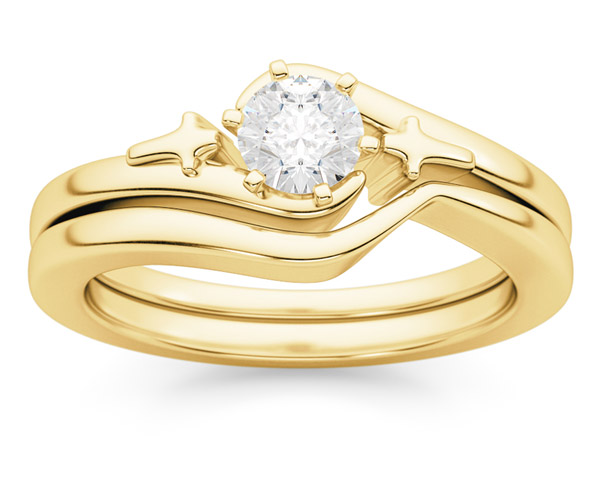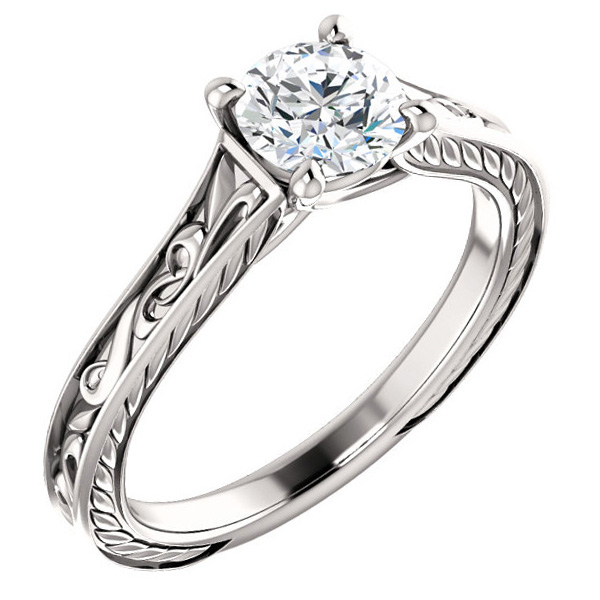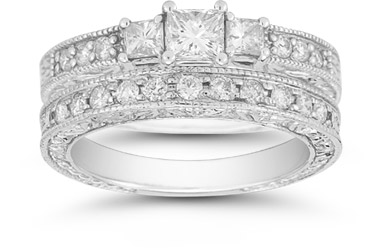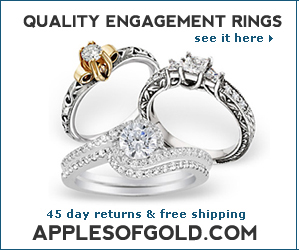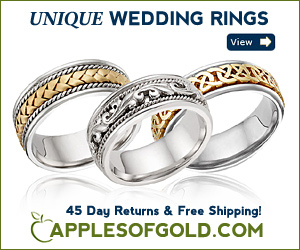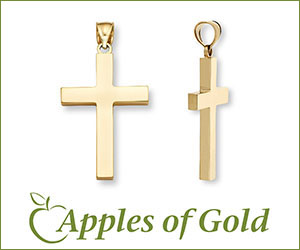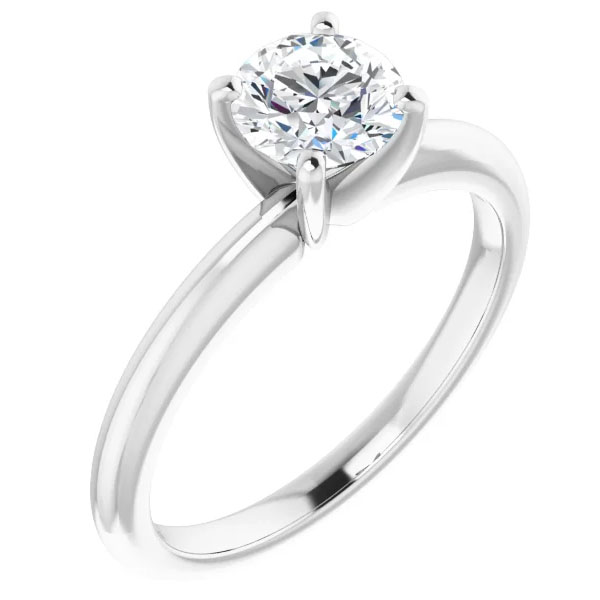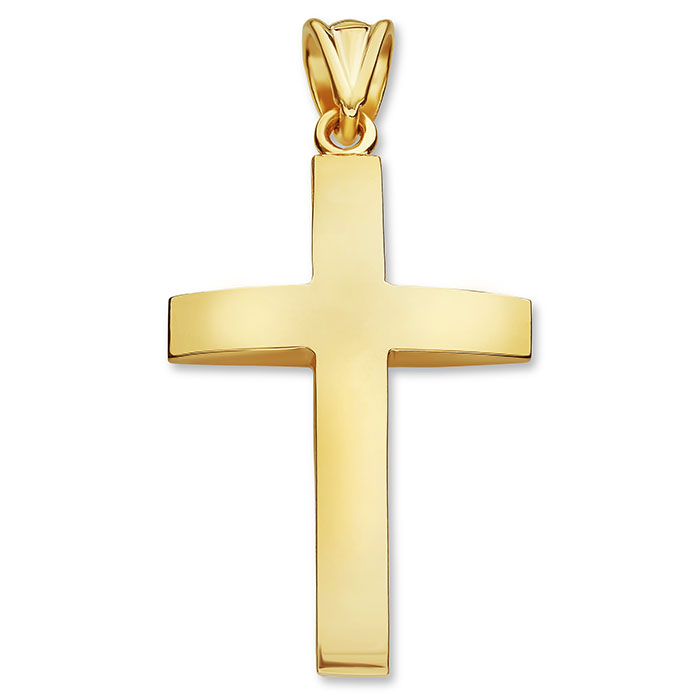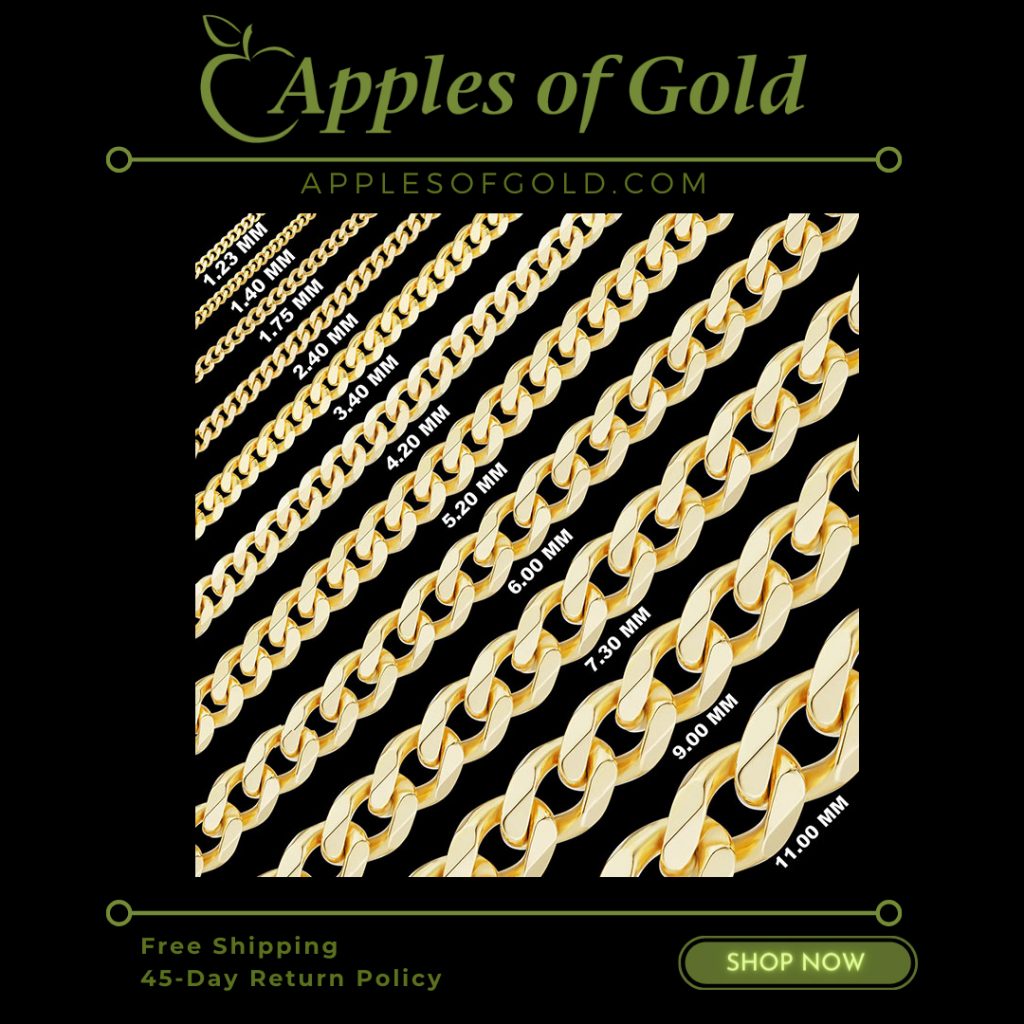What is the Best Metal for Engagement Rings?
It’s finally time to shop for that perfect diamond engagement ring—or perhaps you’ve opted for a diamond alternative, such as a gemstone or moissanite engagement ring. But when it comes to precious metal, which is best? 14K Gold, 18K Gold, Platinum or Silver? Below, I’ll highlight some of the pros and cons of each.
14K Gold
14K gold is the most common choice for engagement rings and most jewelry in the United States, whereas most European countries typically go with 18k gold. Then there is yellow gold, white gold or even rose gold. Let’s compare the difference.
White Gold
White Gold is by far the most popular gold color and precious metal for engagement rings today. White gold engagement rings simply appeal to modern taste more than any other metal color. One reason is the understated tone and versatility in matching most outfits and jewelry collections. White gold is also advantageous in that it doesn’t detract from the centerpiece of the ring, which is often the diamond center stone, but rather compliments it. In fact, many yellow gold engagement rings today even come with white gold prongs so as not to undermine the aesthetics of the diamond they hold.
Care & Maintenance
The only minor disadvantage to white gold engagement rings is that they can require a small amount of maintenance over time if keeping the solid, pure, shiny white look is an important factor to you. Since there really is no such thing as “white gold” (since all gold is actually deeply yellow), in order to make a white gold engagement ring, the jewelry has to be rhodium plated to achieve the very white look that you see. Otherwise, the white metal would contain a subtle undertone of yellow. Rhodium, which is a platinum family of precious metals, along with the various alloys that are mixed with the gold to achieve the white look, is what gives white gold it’s added white sheen.
To keep this look, you may need to re-rhodium plate your engagement ring from time to time. Some people go as long as 5 years or more before needing to do this, others just live with the slightly yellow underhue, as it is very subtle. Rhodium plating is easy to do and fairly inexpensive. Any jewelry purchased from Apples of Gold Jewelry can be sent back to us for re-rhodium plating service.C
The other consideration if choosing white gold is that swimming in chlorinated swimming pool is not a great idea, as the chlorine in the water can chemically react with the non-gold alloys in your ring and turn colors. But we don’t recommend swimming with your engagement ring anyway, as you don’t to risk accidentally losing it.
The final consideration when it comes to white gold engagement rings is that a very small segment of the population are allergic to some of the base alloys in white gold, such as nickel (an alloy that is often used to give gold its white appearance). If you want a white look and are allergic to nickel or base metals, you may want to consider platinum (explained further below).
Yellow Gold
Yellow Gold is the most durable, classic gold color with the least amount of maintenance required of all the gold colors. It is also a hypoallergenic for the vast, vast majority of the population and unlike white gold, you can even swim with it because chemicals like chlorine which you find in swimming pools, for example, will not effect solid gold jewelry.
18K Gold
18K gold is beautiful. It’s color is a little richer, a little deeper, without going overboard. The differences are subtle. It’s also more pure than 14k gold. Whereas you are getting 14 parts of 24 purity from 14k (or approx. 58.3%) you are getting 18 parts of 24 purity from 18k gold (approx. 75%). So at the outset, you have a purer precious metal that is richer and more beautiful in color than 14k yellow gold. You can also opt for 18k white gold for the purpose of having the higher purity, but then it’s not a matter of aesthetics but rather purity, since 14k white gold and 18k white gold look identical.
The metal in your 18k gold engagement ring will also weight about 15% heavier than 14k gold. Other than that, there is no real advantage or disadvantage, other than knowing that you have more gold in your ring and it is therefore more valuable. Purity, color and value. That’s the advantage of 18k gold and we think it is well worth the difference when it comes to something as important and special as your engagement ring. It’s simply slightly richer, slightly prettier, more valuable and more pure.
Platinum
We now get to the final precious metal we are considering today. Platinum is the highest grade of all the metals we have discussed so far. It is more pure, more valuable, heavier, completely hypoallergenic and maintenance free. It is also more expensive. White gold was originally invented as a less expensive alternative to platinum and was first called “the poor man’s platinum”.
The reason platinum engagement rings are so coveted and highly recommended, is because of all the reasons we stated above. It is beautiful and pure, and unlike white gold which is rhodium plated to create its platinum-like white look, platinum itself requires no plating, because it is white to begin with. It is also hypoallergenic and a great alternative to people who have skin sensitivity to the base metals in white gold.
Platinum is 95% pure with only 5% being base alloys to help make the jewelry malleable and workable. That is why it is hypoallergenic, due to its purity and characteristics as a metal and it is also about 60% heavier than gold. So expect a weightier feel when ordering platinum. Unlike white gold, chlorine should also have no effect on the pure, white metal, and so you can swim with your engagement ring (although we still don’t recommend doing so in case it gets accidentally lost).
Do you see any of our rings shown in white gold only? We can make almost any of our rings in platinum also. Simply inquire!
The only disadvantage to platinum is the cost. You can expect to pay 2-3x more for the precious metals portion of your ring if you choose platinum, but since engagement rings aren’t typically that heavy or metal intensive (compared to say a gold chain or a large pendant), it can still be very reasonable to purchase a platinum engagement ring. Most of the cost of your ring is going to be the cost of the diamond or center gemstone anyway, so adding a few hundred dollars to upgrade to platinum on a several thousand dollar engagement ring is not unreasonable to get the best quality, most hypoallergenic, purest and most valuable precious metal.
I hope this short jewelry guide has helped you make your decision. Now it’s time to find the perfect engagement ring! Apples of Gold Jewelry can help! Feel free to reach out to us with any questions. We will guide you through the process of selecting your metal, your stone and your jewelry.
Related Posts
Diamond Rings, Engagement Rings, Jewelry Education, Jewelry Guide, Wedding Jewelry, Wedding Rings





